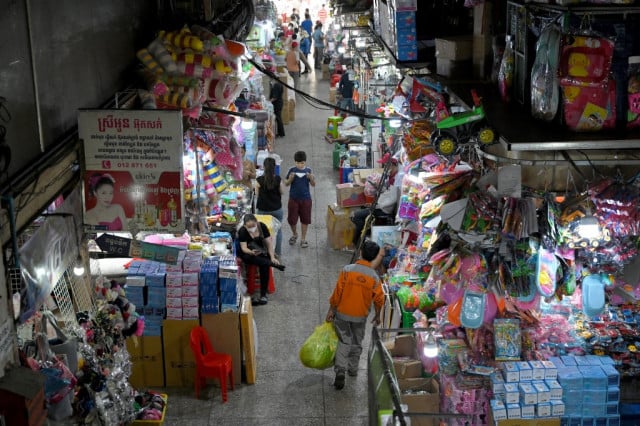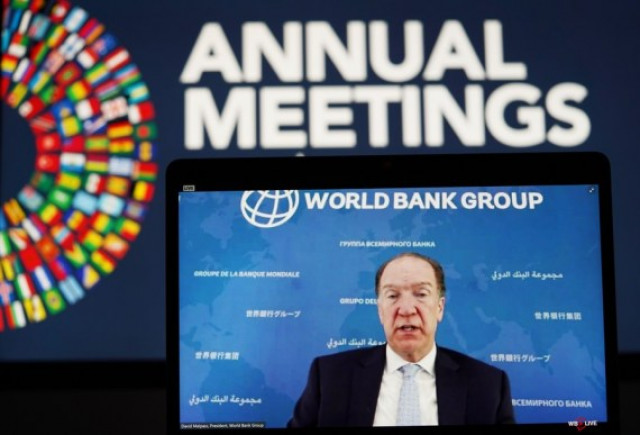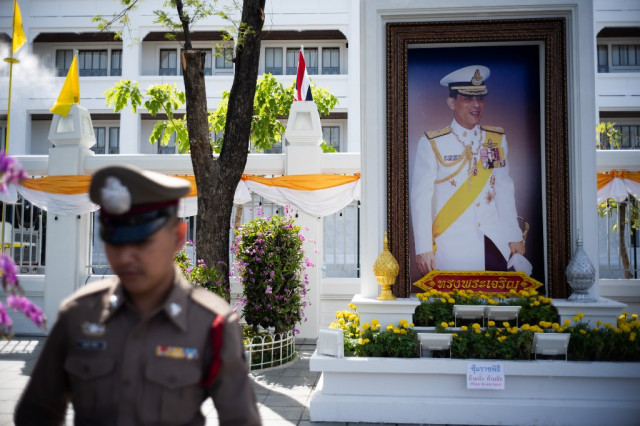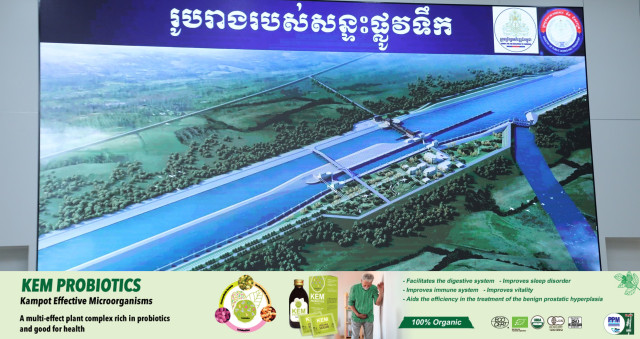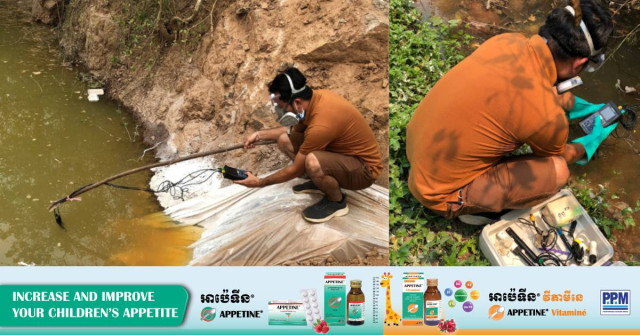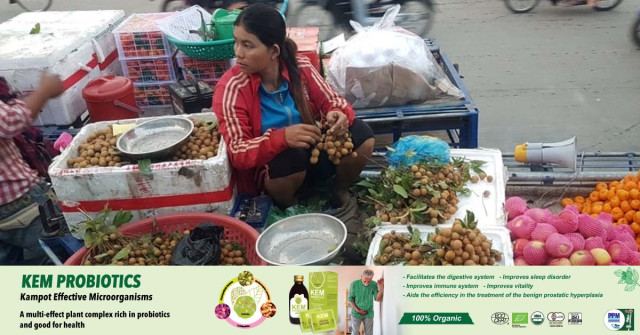The Museum’s Casting Workshop

- Cambodianess
- April 10, 2021 8:28 AM
PHNOM PENH--The National Museum of Cambodia in collaboration with the French School of Asian Studies will organize the first virtual exhibition on April 13 to commemorate the 100th anniversary of the museum. During the exhibition period, some sculptures and their histories are to be displayed digitally. With the approval from the National Museum of Cambodia and in contribution to the promotion of the value of Khmer cultural heritage, Cambodianess is pleased to share the record on the National museum’s casting workshop.
The casting workshop, which was set up in the early days of the museum, contributed, along with the photography studio, to recording and circulating the most beautiful examples of Khmer art. The casting of masterpieces of sculpture had been popular in Western countries since the mid-19th century, where galleries of plaster-cast collections were assembled.
Like those who made estampages (rubbings), casters would often go on site to take imprints. These castings were done using imported plaster and according to an elaborate process. To protect the original work, a first casting was usually done and served as a long-lasting mold to produce series of replicas. Gelatine was sometimes used, especially to get imprints of bas-relief sculptures.
Those reproductions that, in some cases, remain the only surviving examples of the original sculptures, were meant for collections, schools, international exhibitions, and they were also made to be sold in museum boutiques.

The National Museum of Cambodia no longer has its earliest castings. Today, the casting workshop that has inherited this old technique now pro- duces copies through the same process, but using cement instead of plaster. While less fine than plaster, cement has the advantage of having a grain and a color that make it look more like the sandstone of the sculptures.
Statue castings, which are scattered in the museum’s outdoor gardens, all came from the workshop. Standing at the centre of the patio, the casting of the Leper King – a statue reproduced numerous times – dates from the 1960s and is a fine example of the expertise of this workshop.

Text and pictures provided by the National Museum of Cambodia






